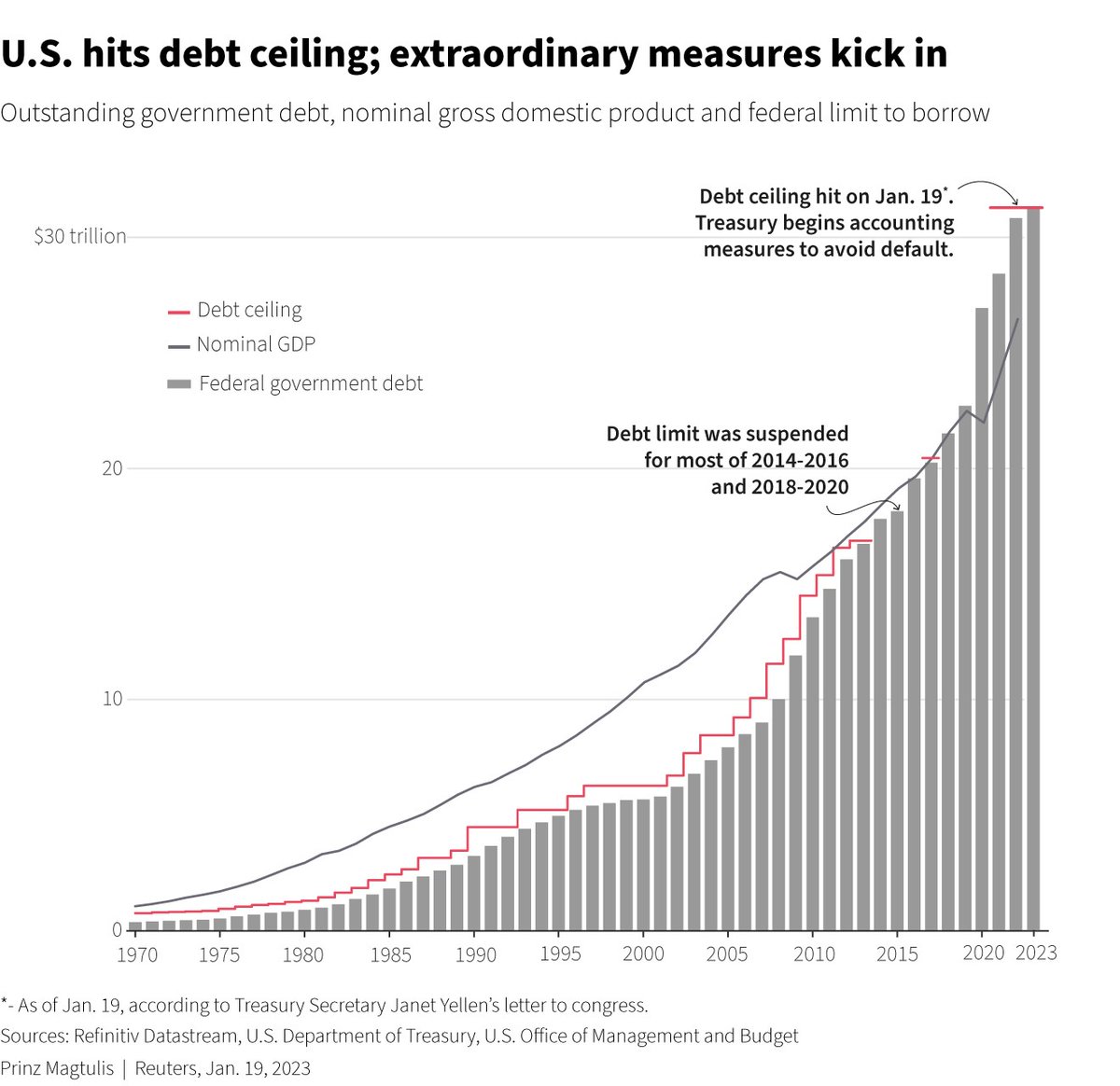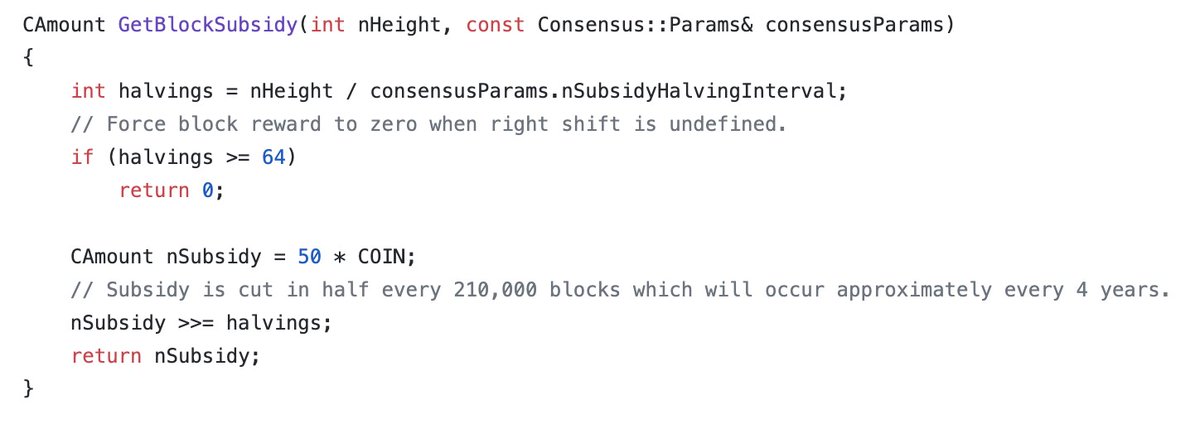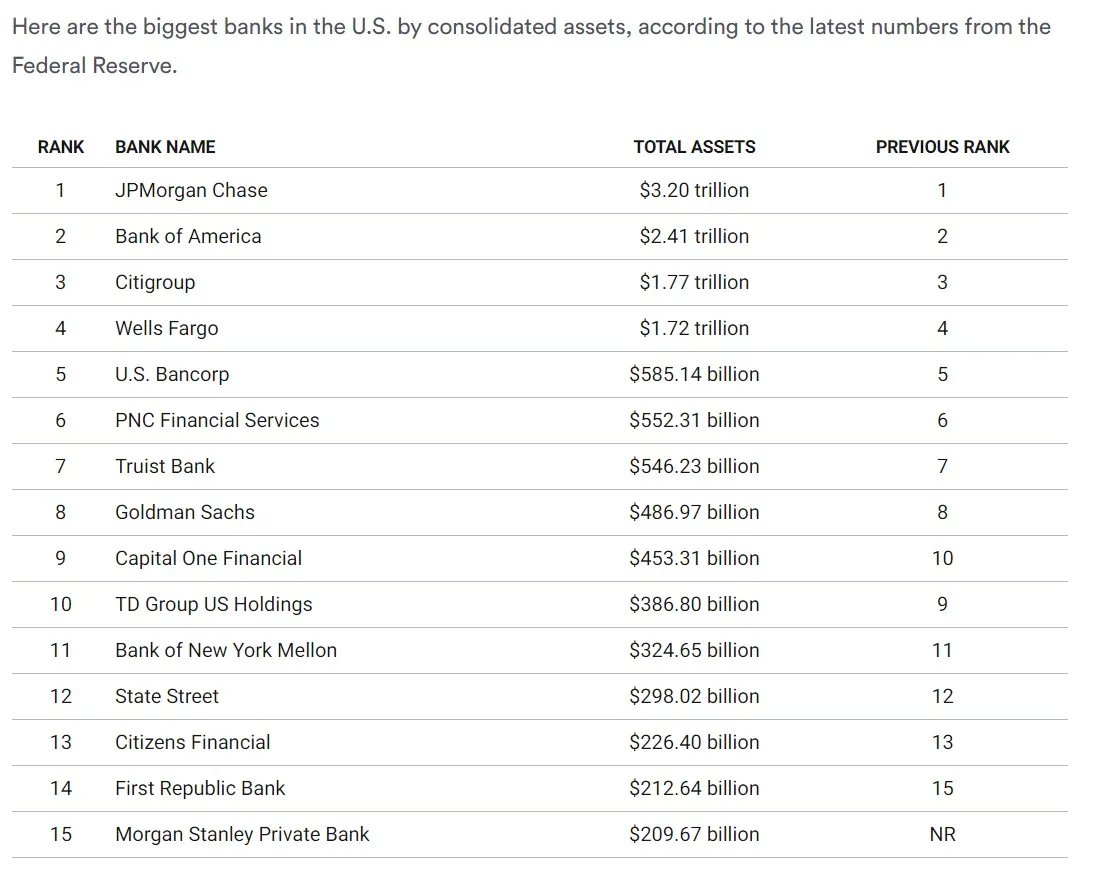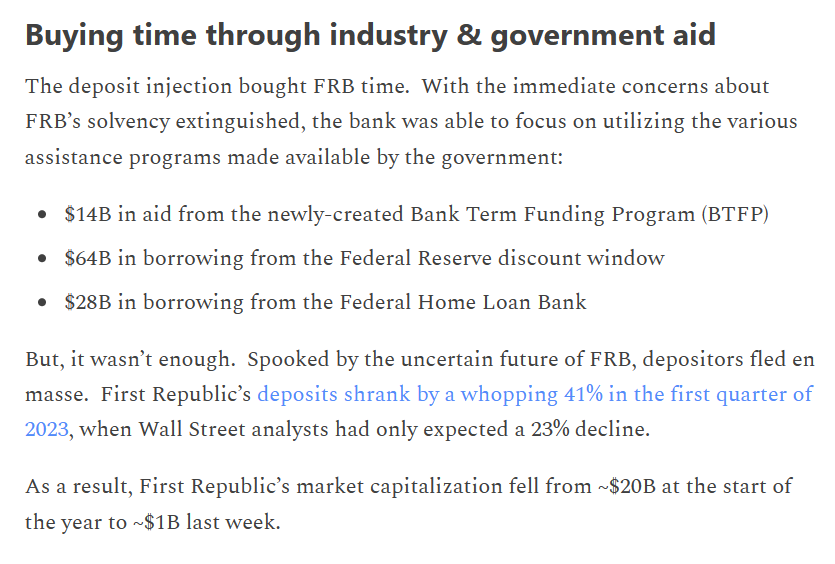$13M per #Bitcoin in 20 years.
That's what Michael @Saylor expects.
THREAD breaking down what he sees & how he got to this number...
That's what Michael @Saylor expects.
THREAD breaking down what he sees & how he got to this number...

Saylor's analysis allows for a bearish scenario of "only" $3M per BTC...
But also a BULLISH scenario of as much as $49M per BTC in just 20 years.
How did he get these numbers?...
But also a BULLISH scenario of as much as $49M per BTC in just 20 years.
How did he get these numbers?...

As a starting point, Saylor leveraged my analysis (@Croesus_BTC). This gave him:
- $900T of value in the world
- rationale that all $900T is within scope as SoV
- "Full Potential Valuation" framework for forecasting #Bitcoin value
(Can find original article at link in my bio)
- $900T of value in the world
- rationale that all $900T is within scope as SoV
- "Full Potential Valuation" framework for forecasting #Bitcoin value
(Can find original article at link in my bio)

With this starting point, Saylor then needed to determine:
- how much capital will #Bitcoin absorb from other asset buckets
- how quickly that will happen
- what else changes along the way
- how much capital will #Bitcoin absorb from other asset buckets
- how quickly that will happen
- what else changes along the way

These assumptions and the associated math resulted in Saylor's conclusion:
#Bitcoin will grow to $280T, or $13M/BTC in just 20 years
#Bitcoin will grow to $280T, or $13M/BTC in just 20 years

What would that mean for the world?
#Bitcoin grows from 0.2% to 7% of assets, equating to 35x growth relative to everything else
"Everything pretty much stays the same, except for... Those who embrace #Bitcoin get richer and powerful; those that don't embrace Bitcoin get weaker and poorer." -Michael Saylor
#Bitcoin grows from 0.2% to 7% of assets, equating to 35x growth relative to everything else
"Everything pretty much stays the same, except for... Those who embrace #Bitcoin get richer and powerful; those that don't embrace Bitcoin get weaker and poorer." -Michael Saylor

The Bitcoin24 model reveals all of Saylor's assumptions and thinking.
I'll be taking a deep dive into all that Excel analysis in my next slide thread.
To make sure you don't miss it, hit 'Follow'
I'll be taking a deep dive into all that Excel analysis in my next slide thread.
To make sure you don't miss it, hit 'Follow'

$13M per #Bitcoin in 20 years.
If this does happen, it's the biggest story in the history of finance. Fortunes will be made by some; most will regret not paying attention sooner.
Here's an overview of this story, and a preview of the analysis coming next...
If this does happen, it's the biggest story in the history of finance. Fortunes will be made by some; most will regret not paying attention sooner.
Here's an overview of this story, and a preview of the analysis coming next...
• • •
Missing some Tweet in this thread? You can try to
force a refresh




















